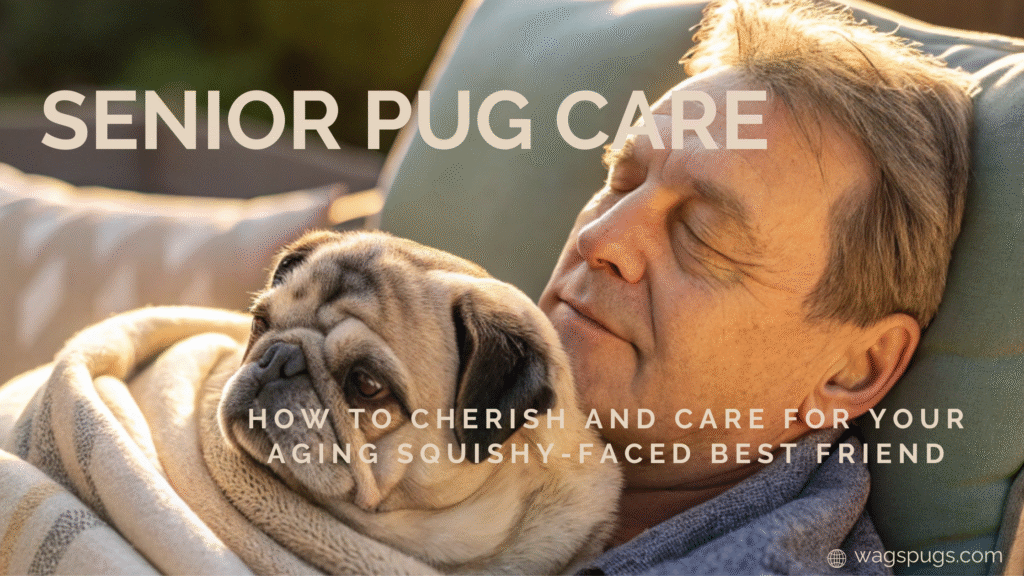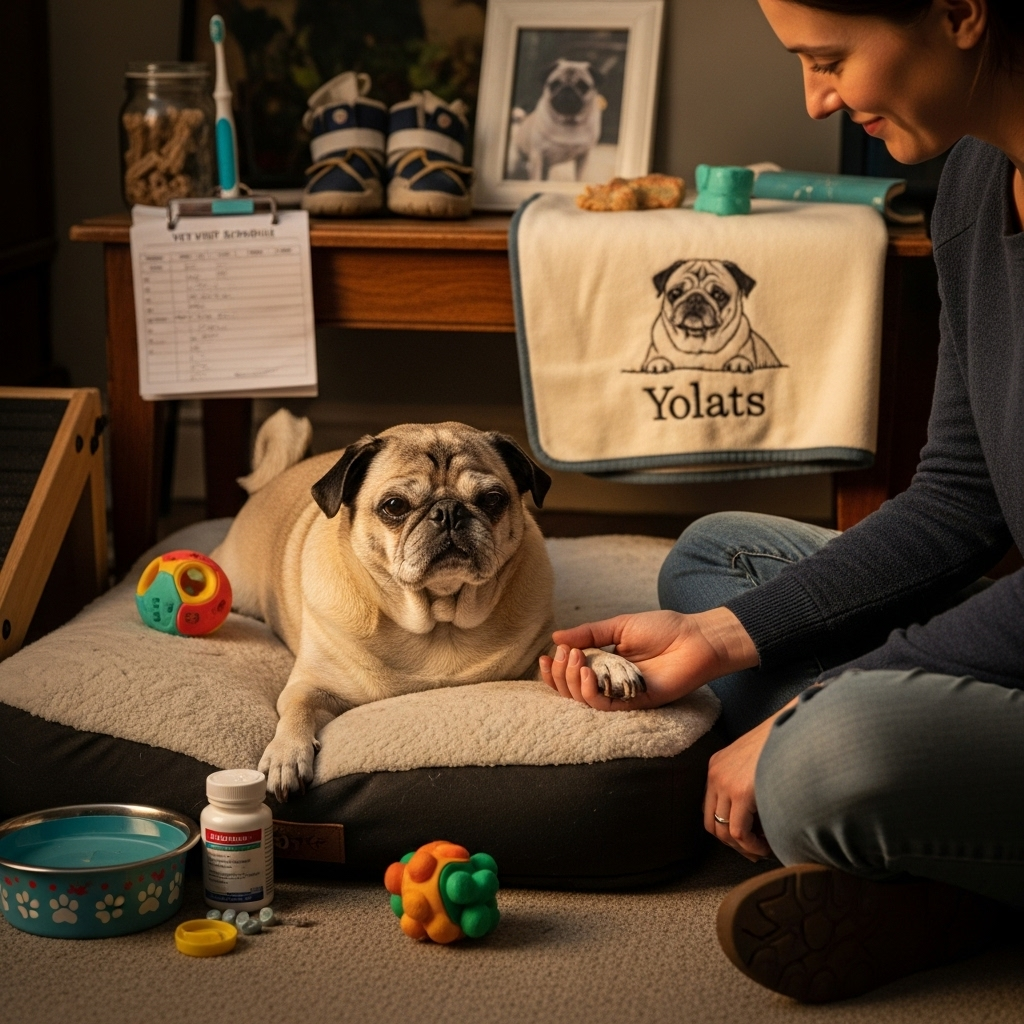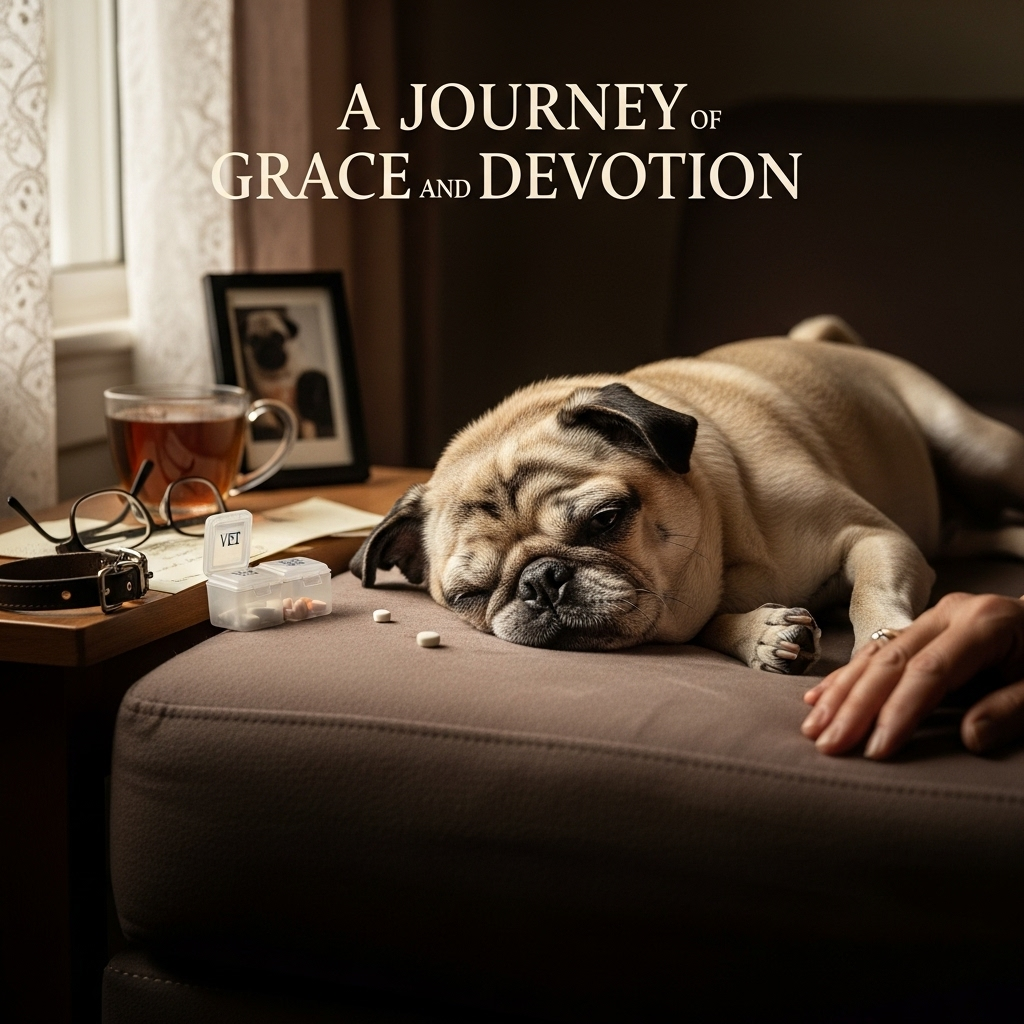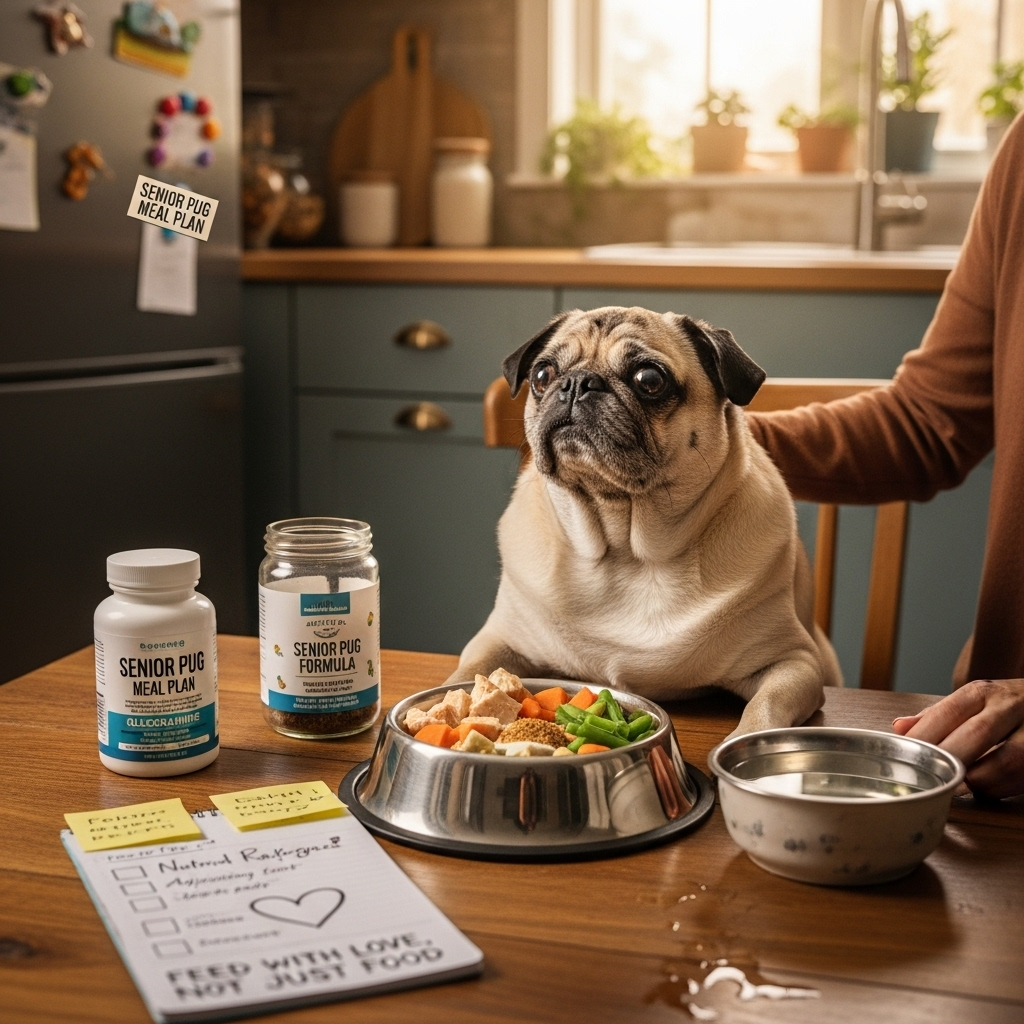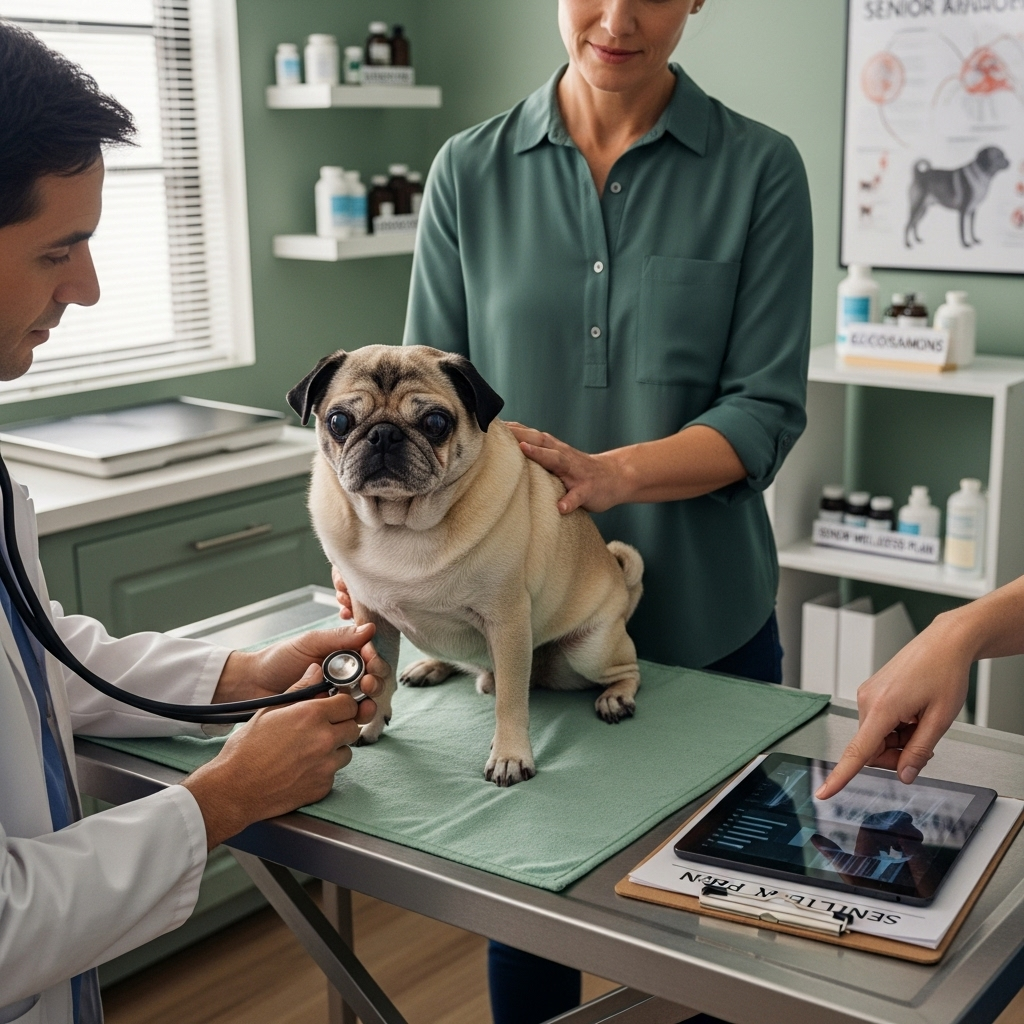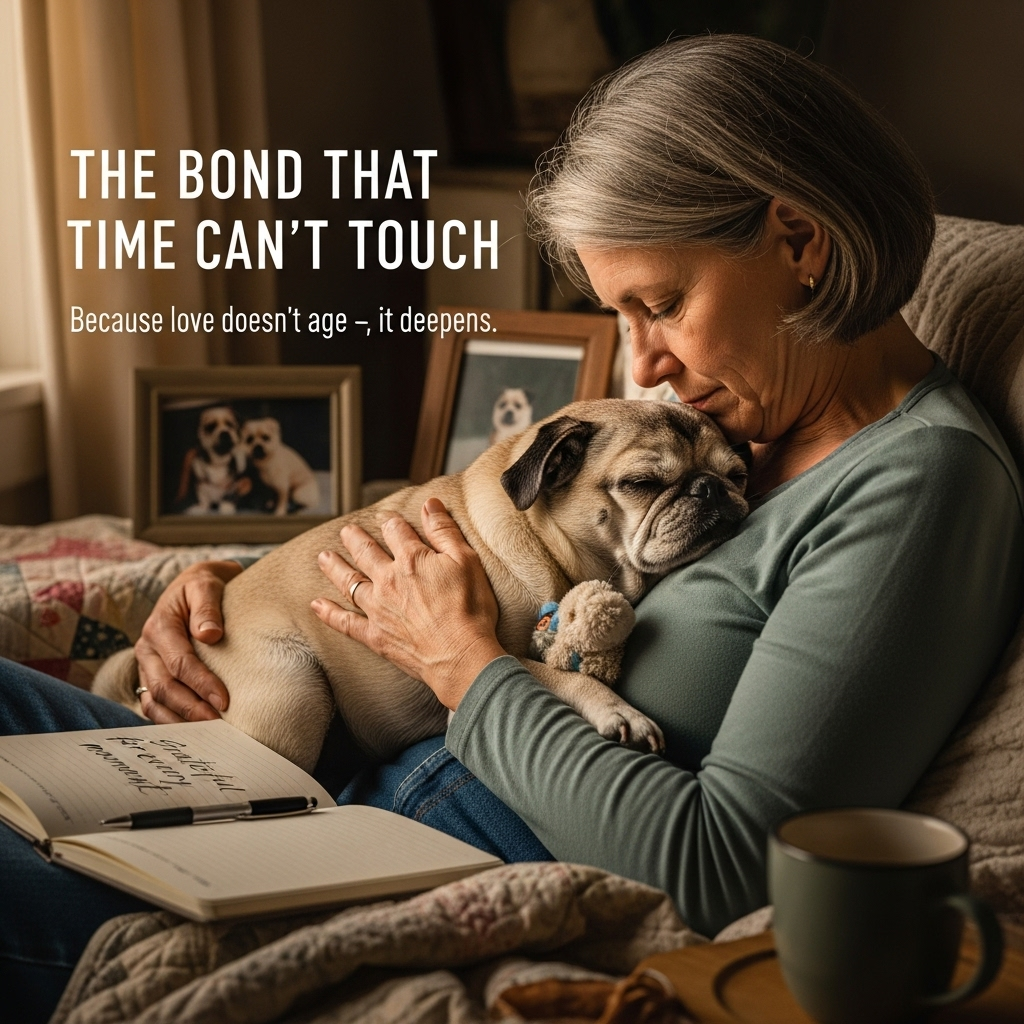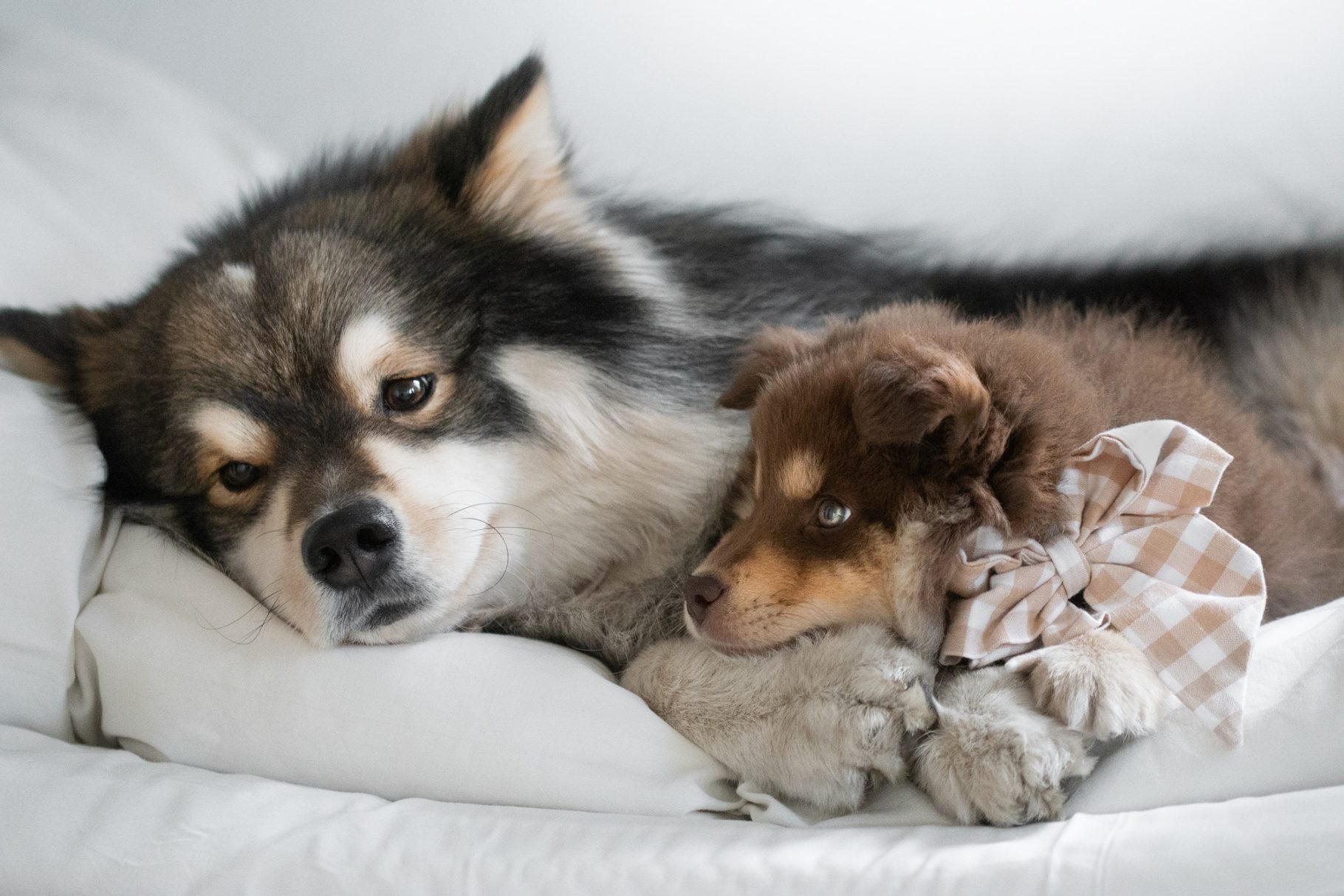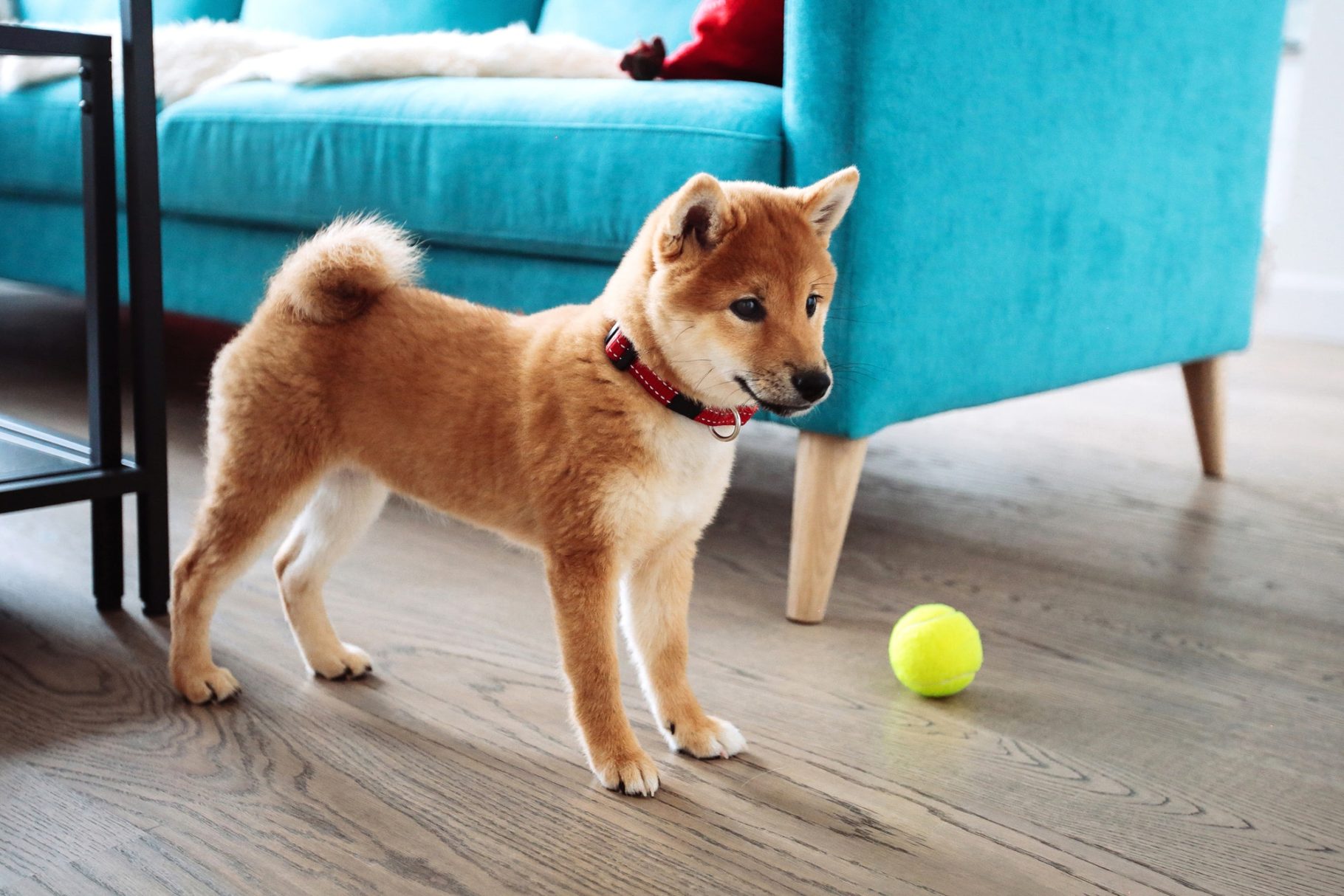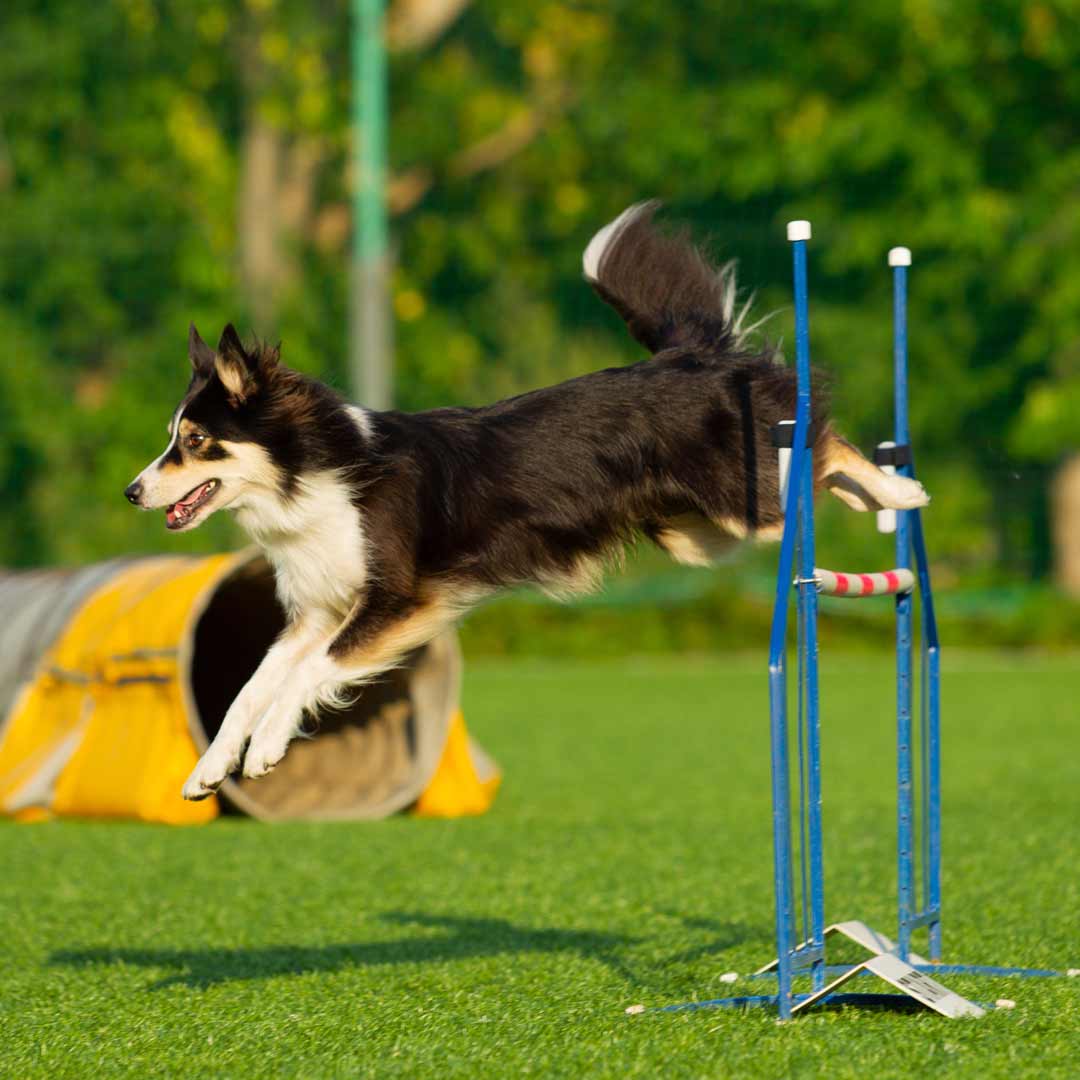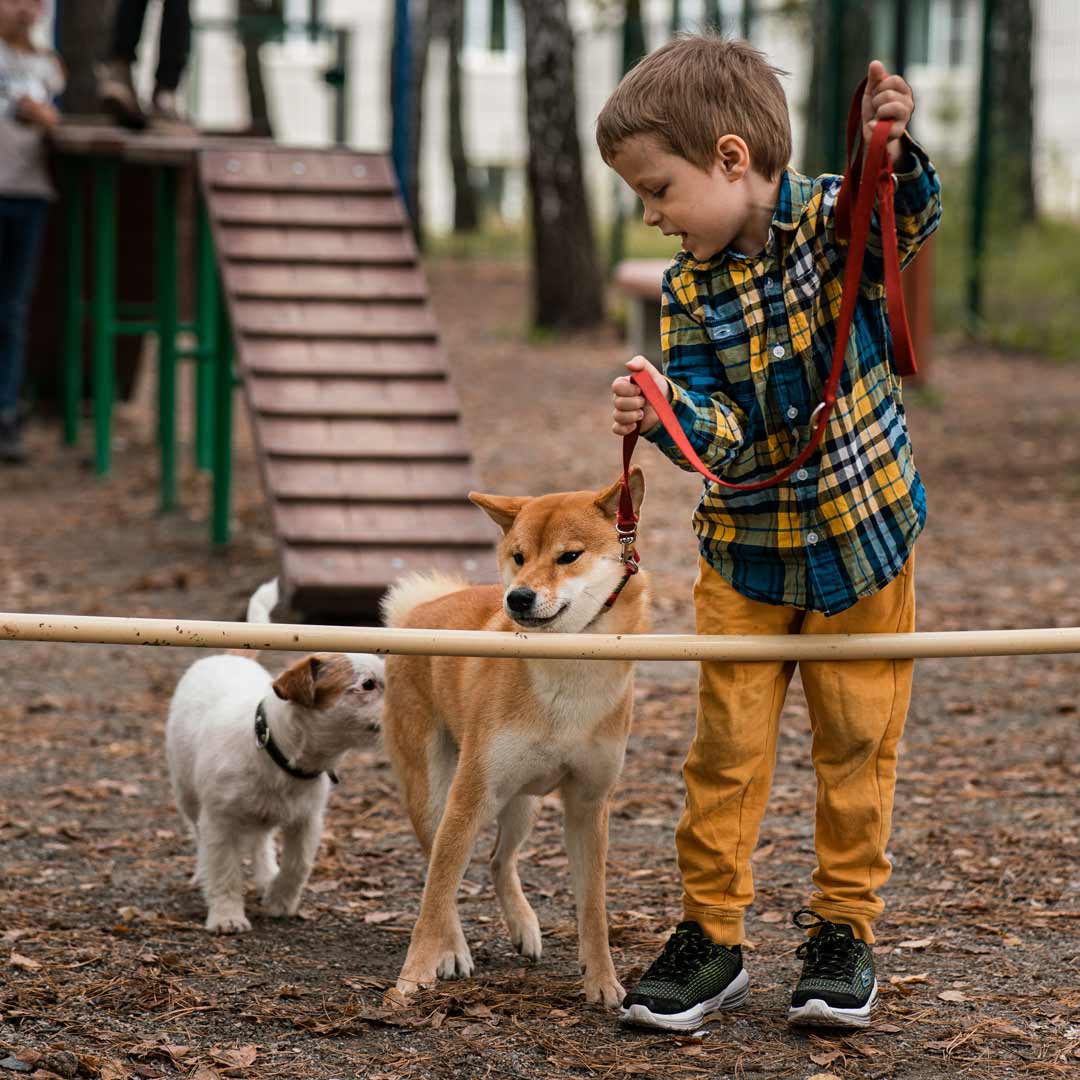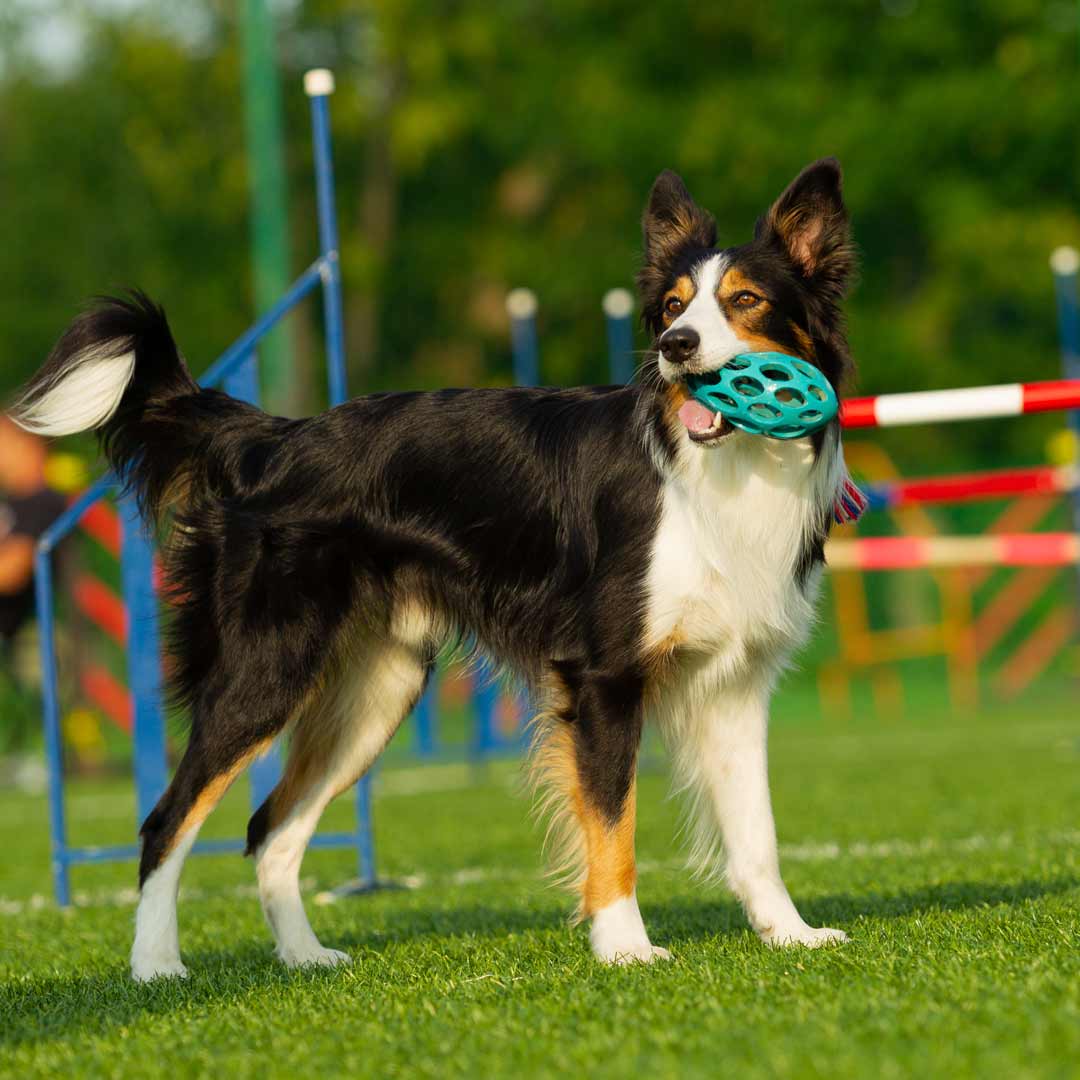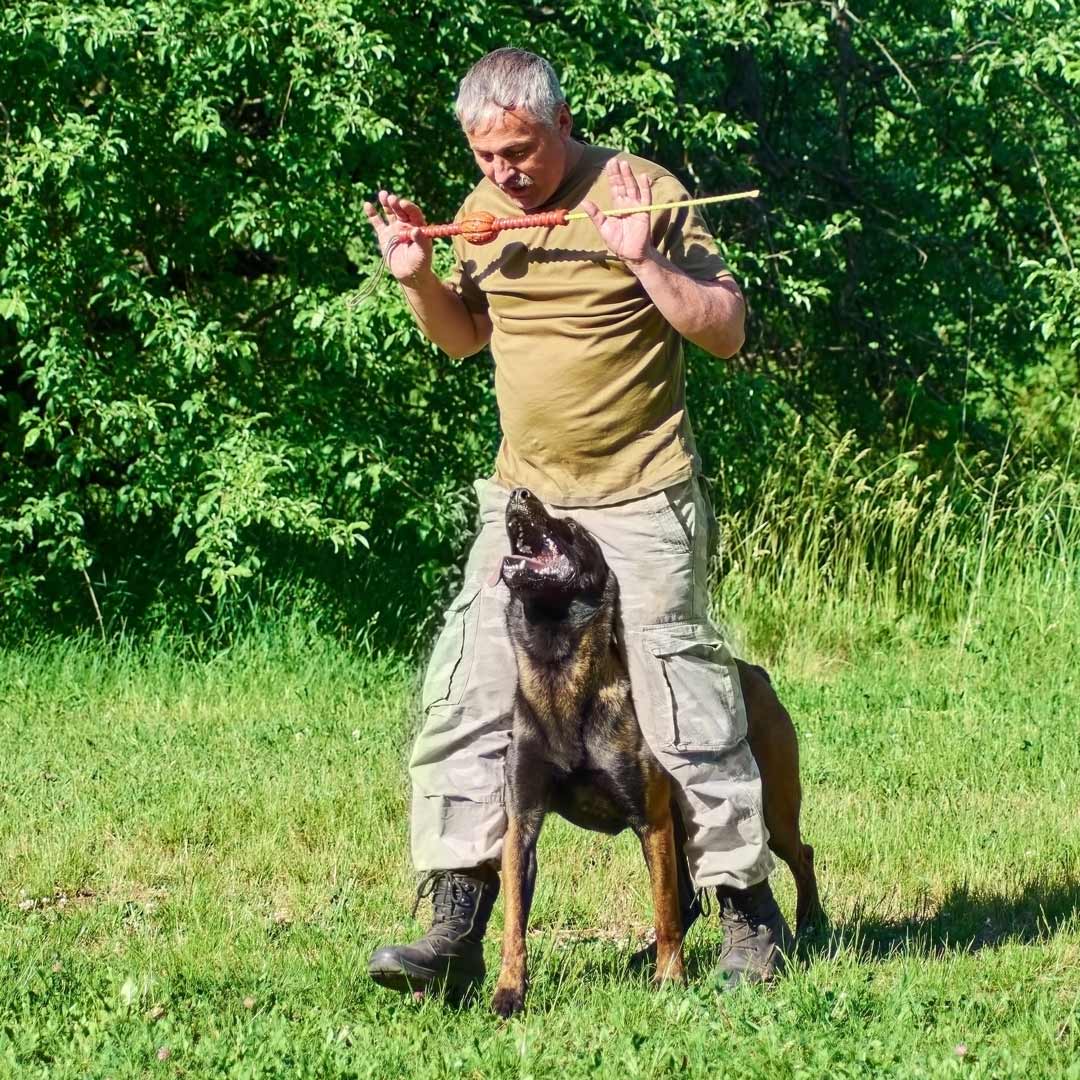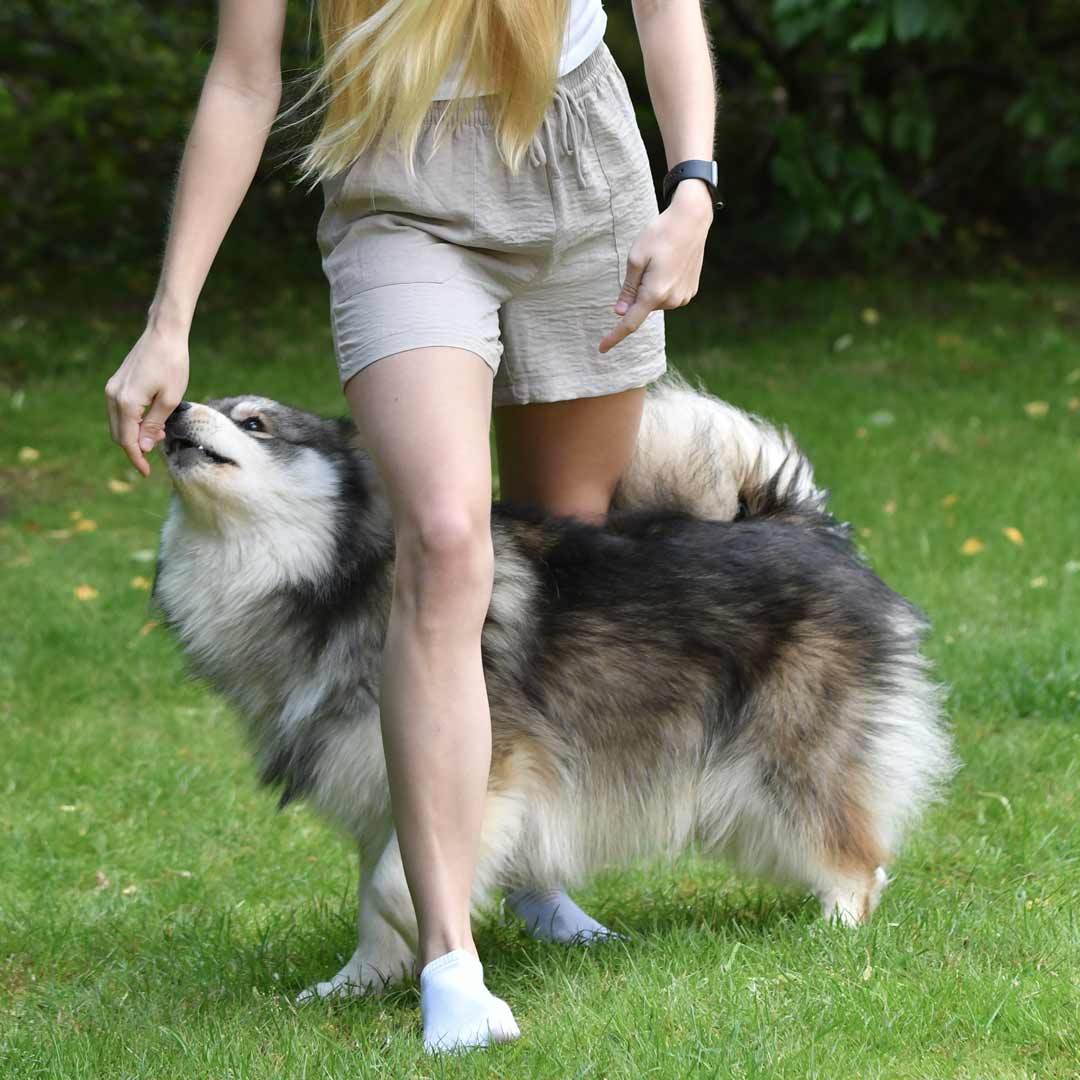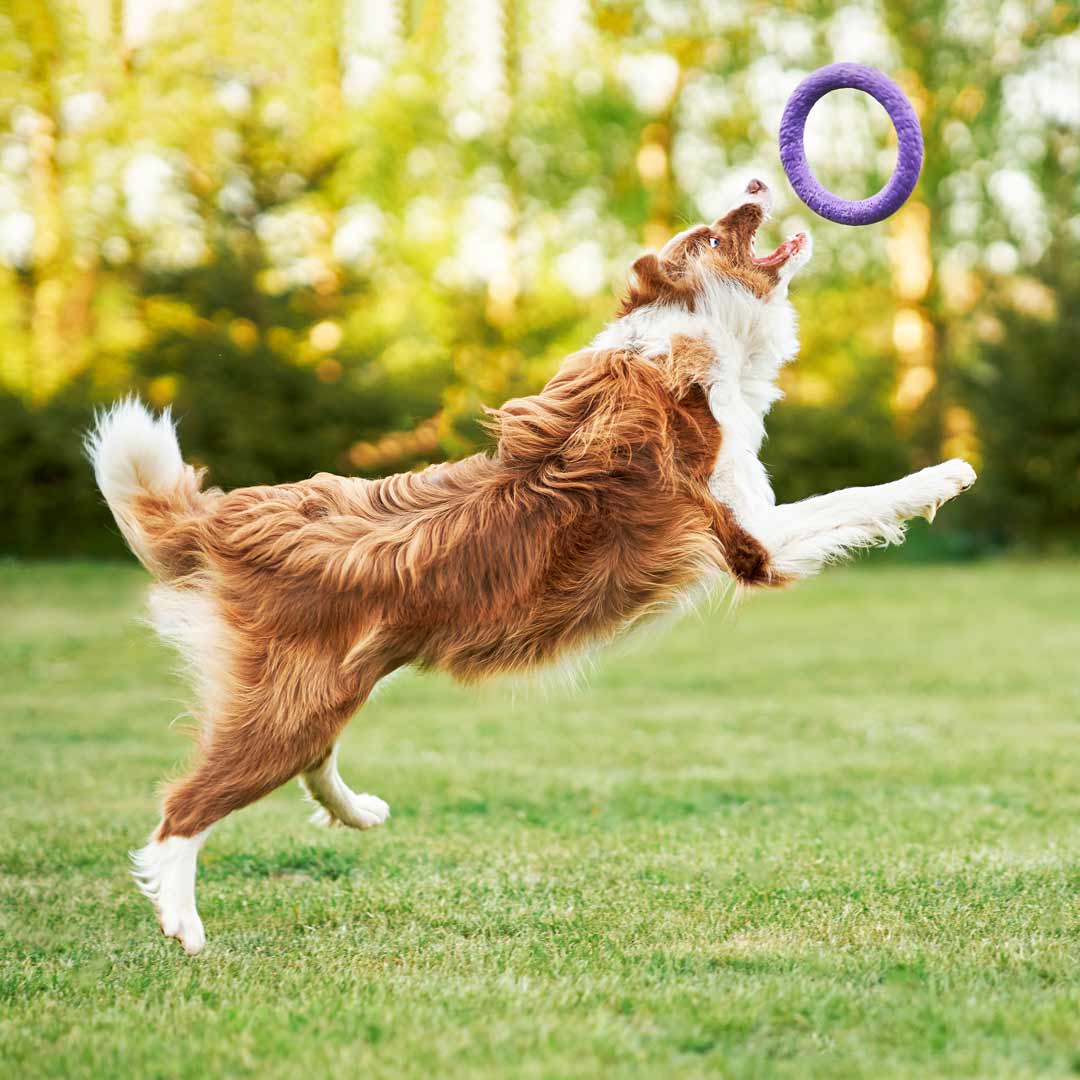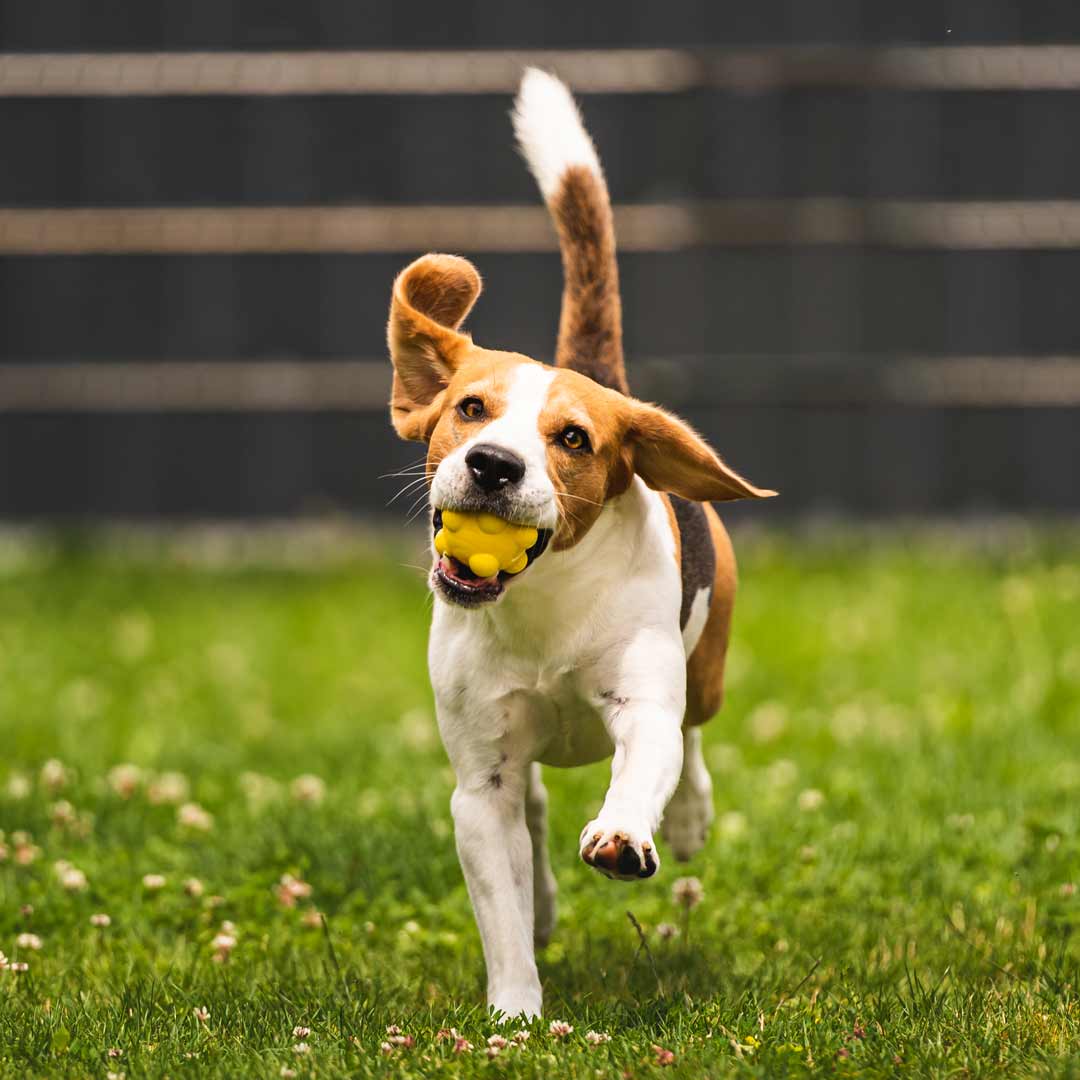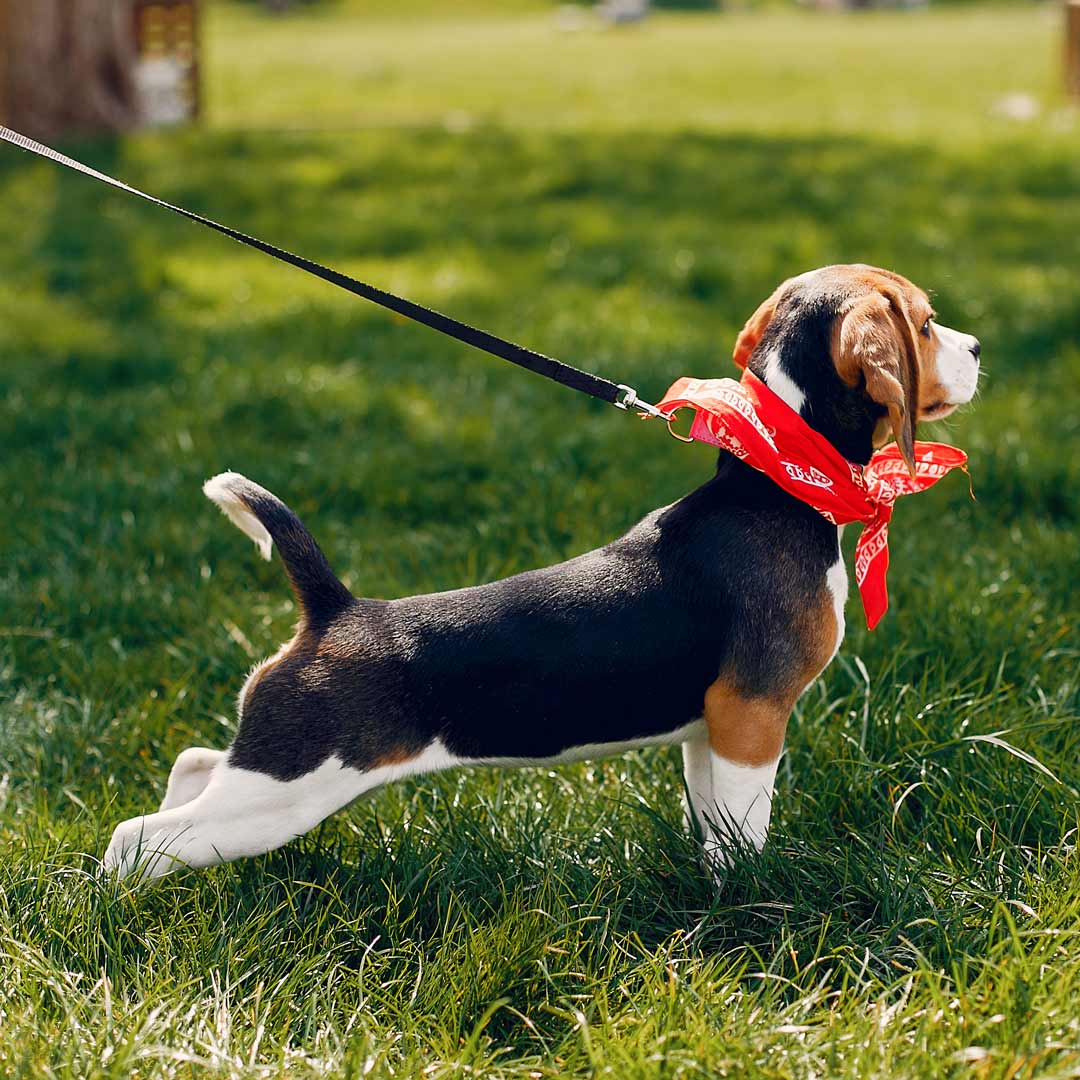1. Recognize the Signs of Aging Early
Pugs usually start showing signs of aging between seven and eight years old. Watch for slower movements, graying fur around the face, changes in appetite, or shifts in energy levels. Catching these early signs means you can adjust their care before problems snowball.
2. Prioritize Regular Vet Visits
When your pug reaches senior status, yearly veterinary examinations are no longer sufficient. Schedule visits at least twice a year to monitor health conditions like arthritis, heart issues, and vision or hearing loss. Early diagnosis saves lives and keeps your pug comfy longer.
3. Adjust Their Diet for Senior Needs
Your pug’s metabolism slows down with age, so calorie needs drop. Feeding high-quality protein helps maintain muscle, but portion control is key to prevent weight gain that stresses joints and breathing. Remember that supplements like glucosamine and omega fatty acids are like tiny love notes to their aging body.
4. Keep Them Hydrated
Older pugs can easily get dehydrated, especially if they’re less active. Fresh water must be accessible at all times. Hydration keeps their kidneys and other organs functioning properly, so occasionally mixing a small amount of low-sodium broth with water encourages drinking.
5. Modify Exercise Routines
Exercise stays important but needs to be gentler. Shorter walks multiple times a day and low-impact activities like swimming or indoor play help keep joints mobile and minds engaged without wearing them out.
6. Support Joint Health
Arthritis is a common culprit behind slower movement and discomfort in senior pugs. Incorporate joint supplements recommended by your vet, use orthopedic beds for cushioning, and keep their environment safe with non-slip rugs and ramps to avoid risky jumps.
7. Watch for Dental Health Issues
Dental problems can cause pain, affect eating habits, and lead to infections. Brushing your pug’s teeth regularly, offering dental chews, and scheduling professional cleanings prevent a lot of unnecessary suffering.
8. Manage Breathing Difficulties
Pugs are notorious for breathing issues because of their brachycephalic snouts, and this can worsen with age. Keep your pug cool in hot weather, avoid overexertion, and watch for signs of respiratory distress like wheezing or persistent coughing. A vet visit is a must if you notice these symptoms.
9. Create a Comfortable Living Space
A pug’s living environment is very important. Daily living becomes less stressful when they have access to orthopedic beds and ramps that make it simple to reach their favorite locations and avoid slippery floors. Keeping noise levels calm also helps if your pug’s hearing starts to fade.
10. Mental Stimulation is Crucial
Just because your pug is aging doesn’t mean their brain should slow down. Gentle training, puzzle toys, and interactive playtime keep their minds sharp and moods bright. It also strengthens the bond between you two in ways that transcend words.
11. Monitor Bathroom Habits Closely
Changes in bathroom behavior can signal health issues like urinary tract infections or kidney problems. Senior pugs might also need more frequent potty breaks. Be patient, watch carefully, and consult your vet if anything seems off.
12. Emotional Support and Affection Matter More Than Ever
Older pugs can feel lonely or anxious as their senses dull and routines shift. Extra cuddles, calm voices, and being physically present reassure them. This emotional connection is medicine that no pill can replace.
13. Prepare for the Inevitable with Compassion
While it’s painful to think about, planning for end-of-life care shows true love. Understanding signs of discomfort, discussing hospice care options with your vet, and making decisions that prioritize your pug’s dignity reflect the deep respect you have for your lifelong friend.


